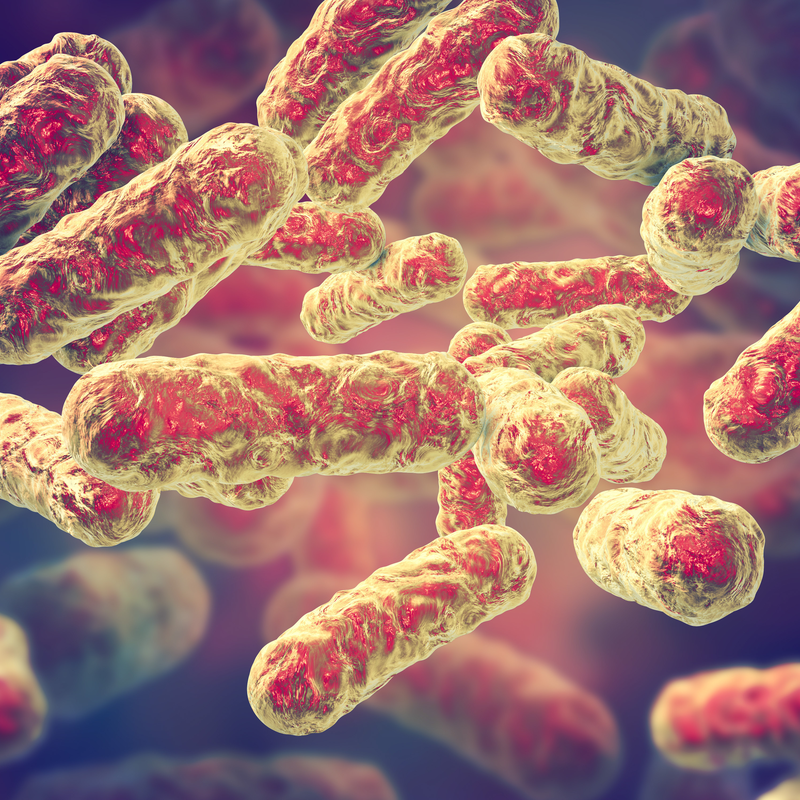
What is the Bartonella schoenbuchensis pathogen?
Bartonella schoenbuchensis comes from the Bartonella genus and is a bacterium. The pathogen could be isolated from the so-called red deer ked (Lipoptena cervi). Bartonella schoenbuchensis pathogen, which frequently causes bacteraemia (the presence of bacteria in the bloodstream) in ruminants, can cause deer ked dermatitis in humans.
How can the Bartonella schoenbuchensis pathogen be characterised histologically?
It could be proven that the Bartonella schoenbuchensis pathogen is most closely related to B. bacilliformis. This is an important human pathogen known to be transmitted by a fly, more precisely the sand fly Lutzomyia verrucarum, . The Bartonella schoenbuchensis strains are characterised by considerable heterogeneity. Here, for example, their gltA sequences are worth mentioning.
How does the Bartonella schoenbuchensis pathogen transmit to humans?
The red deer ked (Lipoptena cervi) is considered to be the vector of the Bartonella schoenbuchensis pathogen. This is a haematophagous louse fly that mainly occurs in red deer, roe deer, elk and wild game . The red deer louse is widespread in Europe, Siberia and northern China , but is also found in white-tailed deer, elk, cattle and horses in North America. Studies have now been able to prove that the deer keds of roe deer and red deer from Germany are also frequently infected with Bartonella schoenbuchensis pathogens. The pathogen mainly colonises the midgut of the arthropods.
The etiological agent of the disease is still unknown, but researchers assume, based on the available data, that the transmission with the infectious agent occurs either through a bacterium or a parasite. There is a considerable risk of transmission to humans through the bite of an infected deer. When the pathogen is transmitted to humans, the ectoparasites suck up blood within 15 to 25 minutes. Most of the time, the patient does not notice anything about it, as the bite is hardly noticeable and leaves few traces . However, after about three days, a hard, reddened wheal forms at the site of the bite.
What symptoms does a Bartonella schoenbuchensis infection cause?
The stag louse dermatitis is accompanied by the formation of a wheal at the injection site. Usually, the wheal is accompanied by itching, which is often very intense and usually lasts between 14 and 20 days . In some cases, the itchy papule may even persist for up to a year. Doctors refer to this as a so-called Hirschked dermatitis, whose lesions show C3 deposits in the dermal vessels, which can be accompanied by the following symptoms :
- painful skin rashes in the form of pustules,sometimes even in the form of oedema and/or suppuration,
- Episodes of fever,
- chronic fatigue,
- Muscle pain
In
extreme case, a Bartonella schoenbuchensis infection is also said to lead to the
development of a dangerous inflammation of the heart (endocarditis).
However, scientists still disagree on whether a Bartonella schoenbuchensis infection
can actually be held responsible for the
endocarditis.
It is still unknown whether the Bartonella schoenbuchensis pathogen can even cause further damage in the human organism. Researchers cannot rule this out and even consider it conceivable that the pathogen can cause infestation of the heart valves and thus trigger endocarditis .
How dangerous is the sting of the deer louse fly (Lipotena cervi)?
The dangerous thing about the deer louse fly is that its bite often goes undetected . This is due to the fact that the deer louse fly bites the heart. This is because the stag louse fly, as soon as it has settled on the host, loses its wings to bite flat on the surface of the skin. The stag louse fly has strong barbs on its legs, which makes it almost impossible to get rid of the parasite by shaking it off. The stag louse fly lives from then on as a bloodsucking insect on the host until its death. With a life expectancy of about thirteen months, we are talking about a long period of time. In humans, the deer louse flies settle mainly on the hair of the head and/or in the neck area.
Who is particularly at risk?
At of disease transmission, it is far less the occasional forest walker who is at risk than the group of people who have to do with the forest professionally. This includes foresters, for example. People with long hair are more at risk because the deer louse fly prefers to settle in the neck and/or head area. This is mainly because the parasites can crawl away more quickly here and have a greater chance of biting quickly in this area of the body. If you have unclear symptoms of the disease and have been in the forest for a long time, it is recommended that you also think about the possible disease with an exotic infection and then carry out the appropriate tests to find the diagnosis.
How is Hirschked dermatitis diagnosed?
For the diagnosis of Hirschked dermatitis, a skin test is recommended. In addition, patients show an elevated level of immunoglobulin E (IgE) in the serum in 57 percent of all cases of the disease. Based on these results, it is assumed that cell-mediated immune mechanisms as well as the immunoglobulin E (IgE) are involved in the pathogenesis of the disease .
How is Hirschked dermatitis treated?
A deer louse fly can only be removed without problems if it has not yet attached itself. If the removal of the deer louse fly is successful, it is advisable to crush or burn it. Otherwise, the still living stag louse fly will quickly look for the next host. The puncture site should be disinfected and cooled in any case. It is also important not to scratch the sting to prevent bacteria from entering the wound and causing it to become infected.
Home remedies such as essential oils with citronella, cloves, rosemary or lavender can help against itching.
